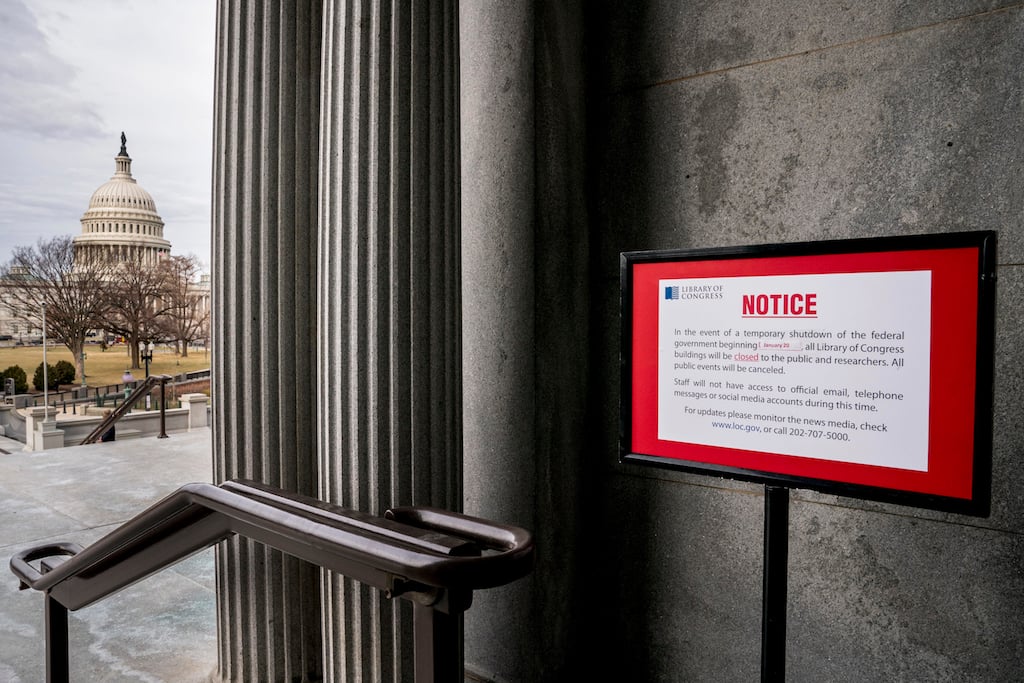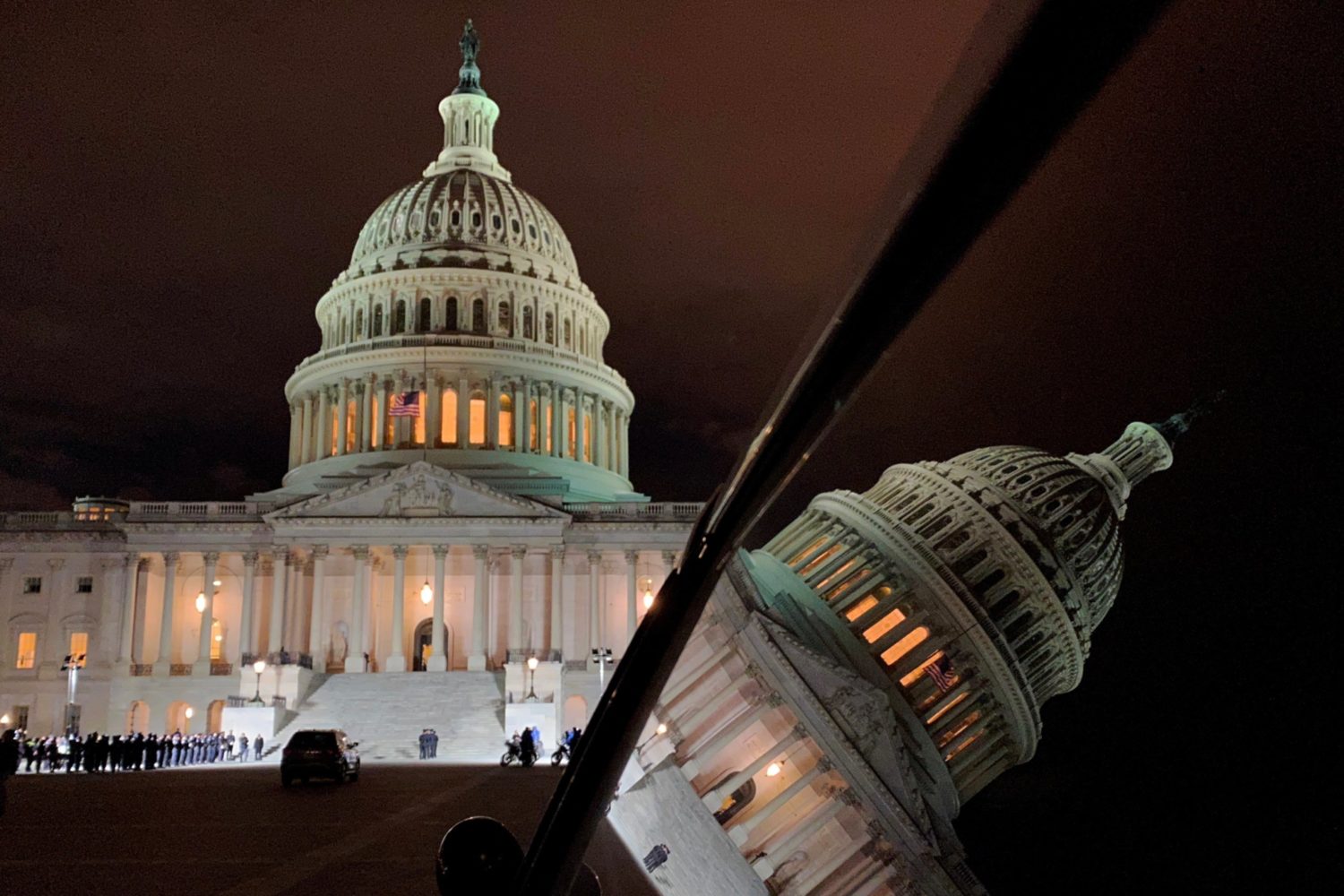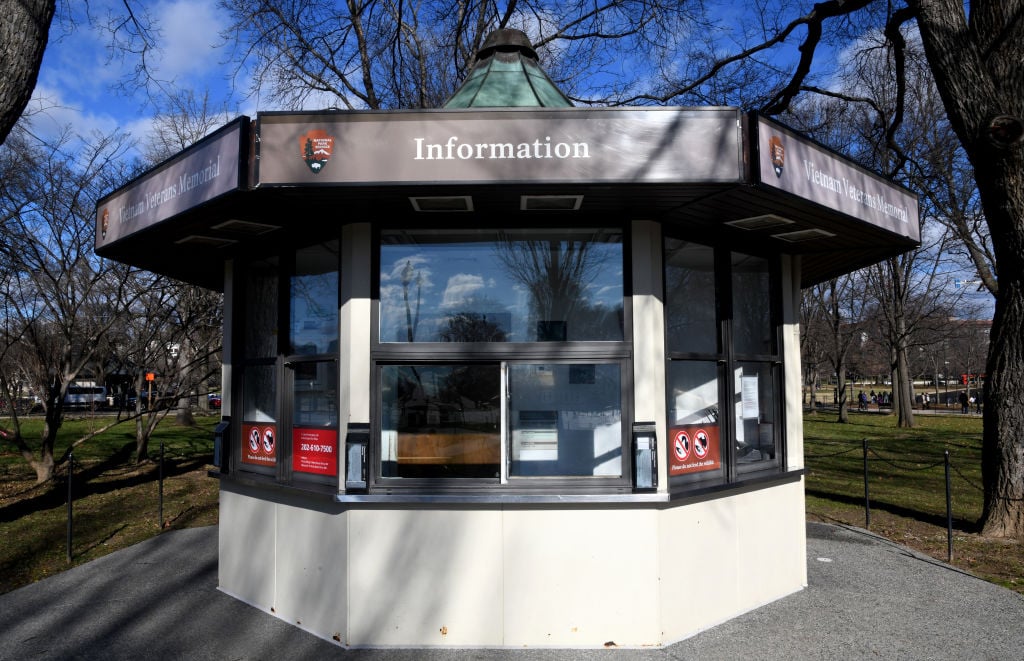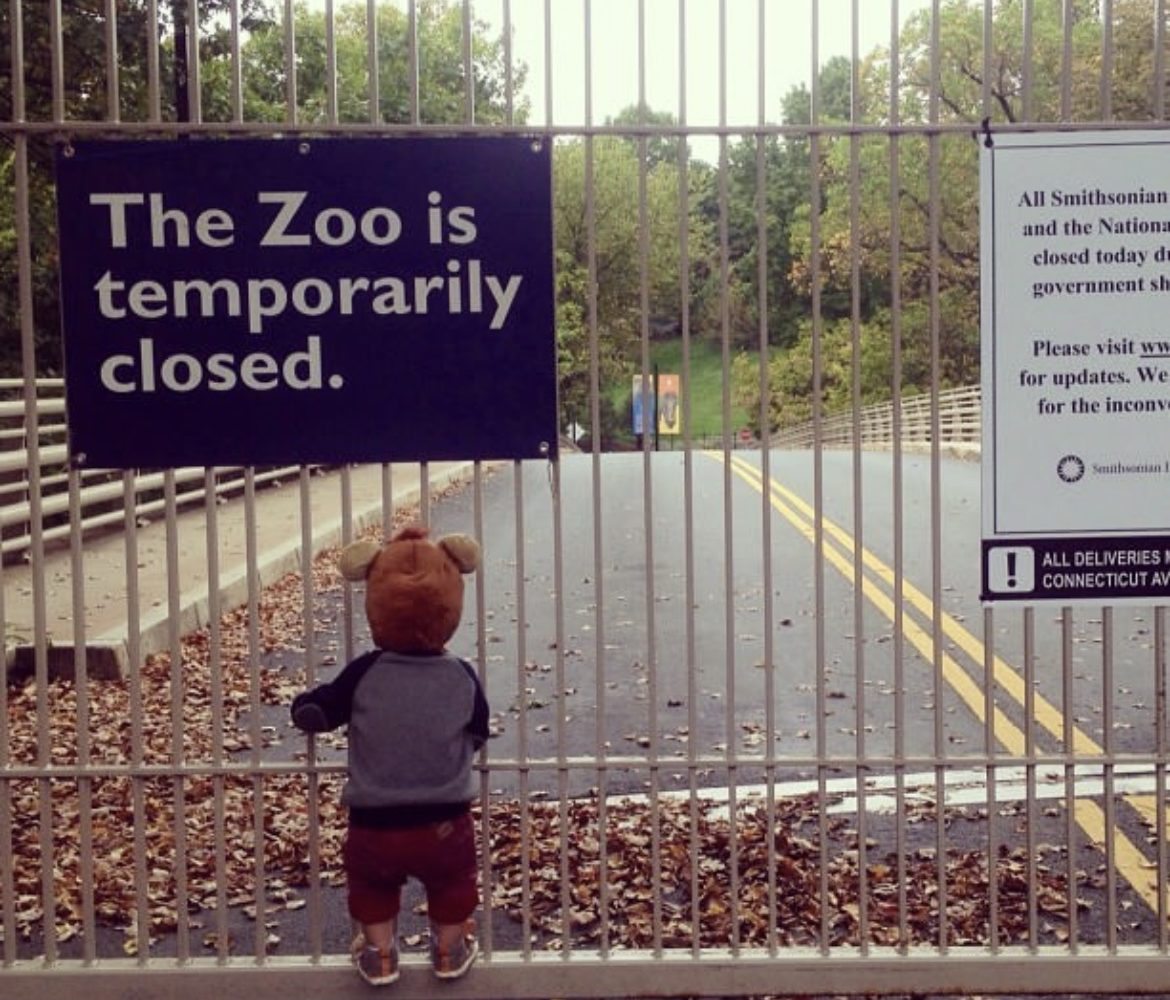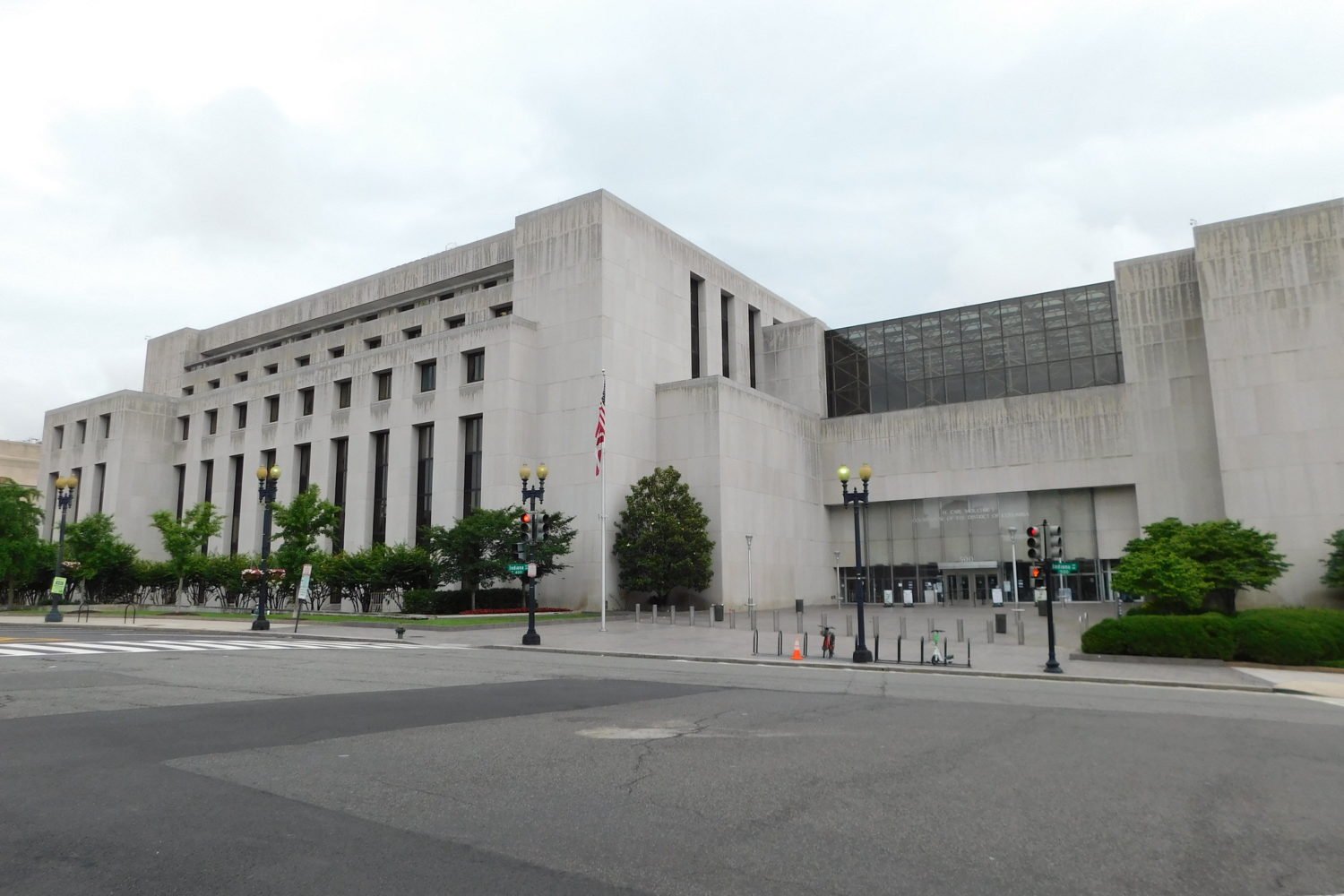And after a weekend plus a few hours, the government reopened. Most Senate Democrats voted with their Republican colleagues to approve a resolution that’ll restore government funding through February 8, less than three days after blocking a similar measure because it did not address the fates of nearly 800,000 undocumented immigrants who arrived in the United States as children, and face deportation as soon as March 5 because President Trump overturned an Obama-era order protecting them. Monday’s resolution doesn’t correct that; Democrats only agreed to vote to re-open the government because Senate Majority Leader Mitch McConnell promised to hold a vote on a permanent solution for beneficiaries of the immigration program, Deferred Action for Childhood Arrivals, or DACA.
That’s the news slug of how the shutdown will end. Truly, though, was anything learned from this three-day exercise?
Not really, except for the possible lesson that when the government runs out of funding, it’s time to posture about your relative resiliency. The DC government bragged that while its federal counterpart slips into a self-induced coma, it remains operational. Bars and restaurants readied their “shutdown specials.” Horny public servants ready to be furloughed fired up their dating apps. Metro braced for a seven-digit hit if the government stayed closed for more than a few days. The National Park Service, which became the face of federal dysfunction in October 2013 after elderly veterans were turned away from a barricaded National World War II Memorial, declared that most of its sites would remain open during the shutdown, just without staff-provided services. (Think restrooms on the National Mall or park rangers to help you avoid unfortunate encounters with bears.)
But if the flexing proved anything, it’s that this government shutdown was greeted with shrugs rather than panic. And why should it have been otherwise? Since the last shutdown, which lasted 16 days, near-shutdowns have become the way our government operates. After congressional races to the brink in September 2014, December 2014, September 2015, December 2015, September 2016, December 2016, April 2017, September 2017, and twice last month—and I wouldn’t be surprised if I’m forgetting a few—the actual shutdown resonated like one more entry in the Trump era’s endless string of mini-crises. Throughout Washington and across the country, hundreds of thousands of federal workers clocked in on Monday just to carry out their shutdown duties, which consist largely of acknowledging that they’ve been furloughed and setting up out-of-office notices on their email accounts and phone lines.
It’s episodic at this point, and this wasn’t a very memorable episode. And we’re talking about funding for many of the functions of our republic skidding to a stop because there are few legal mechanisms for funding the government past the expiration of the most recent appropriations bill. That should outrage people. It’s enough to make one envious of Germany, where Chancellor Angela Merkel is struggling to form a new government that doesn’t empower a far-right-wing party, but at least there’s a caretaker government to make sure everything still works.
Instead, this shutdown, delivered under a president who, according to reports, spent the duration tweeting at the television more than engaging in negotiations to re-open the government, feels like one more day on the dumbest timeline possible. Catalog it alongside “covfefe,” the request for tanks during the inaugural parade, stories about presidential ice-cream service, and the Gorilla Channel joke that half of Twitter took seriously. A few weeks or months from now, it’ll be one more drop in the sea of “Oh, yeah, I forgot that happened, too!” moments.
So, what did Washington get for this one? A couple hundred thousand federal workers got most of the day off. Tomorrow, they’ll be back at work spinning up the gears of government again, at least until the continuing resolution adopted Monday runs out early next month, and Democrats maybe get that DACA vote.
“I’m kind of pissed, to be honest,” says one federal employee who went in Monday morning, set up an automated email reply, then headed to the nearest drink special. “We’ll have to do this shit [again] in two-and-a-half weeks.”
Perhaps the next shutdown will be memorable.

